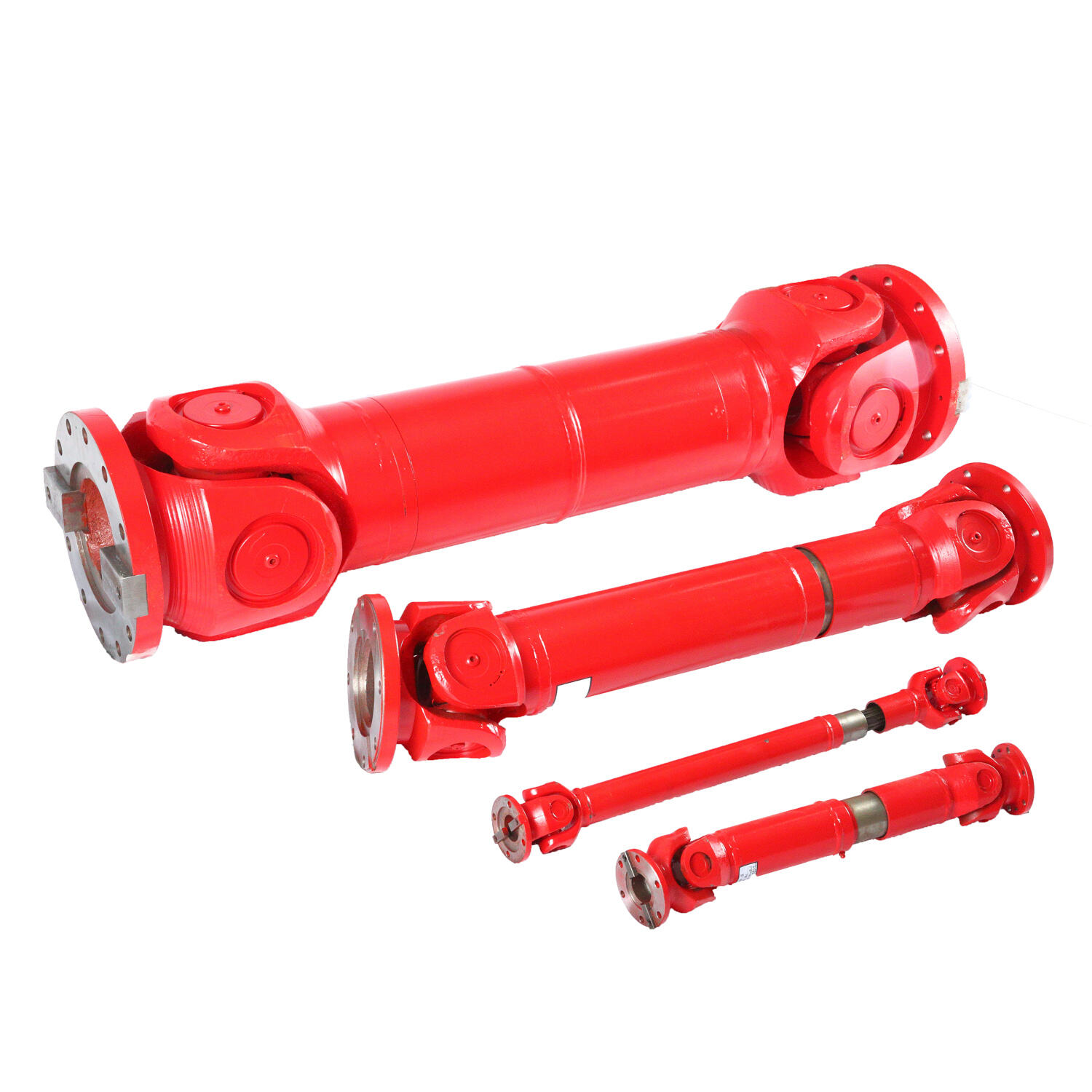universal joint
A universal joint, often referred to as a U-joint, is a mechanical coupling device that enables power transmission between two shafts positioned at varying angles. This essential component consists of two yokes connected by a cross-shaped intermediate member, allowing for flexible rotation and torque transfer across different planes. The design incorporates needle bearings or bushings that facilitate smooth operation while minimizing friction and wear. Universal joints are fundamental in automotive drivetrains, particularly in vehicles with rear-wheel drive systems, where they connect the transmission to the differential while accommodating suspension movement and maintaining consistent power delivery. Beyond automotive applications, universal joints are extensively used in industrial machinery, agricultural equipment, and marine propulsion systems. The joint's ability to operate effectively at angles up to 45 degrees makes it invaluable in scenarios where direct shaft alignment is impossible or impractical. Modern universal joints often feature sealed bearings and high-grade materials, ensuring durability and reduced maintenance requirements in demanding operating conditions.


